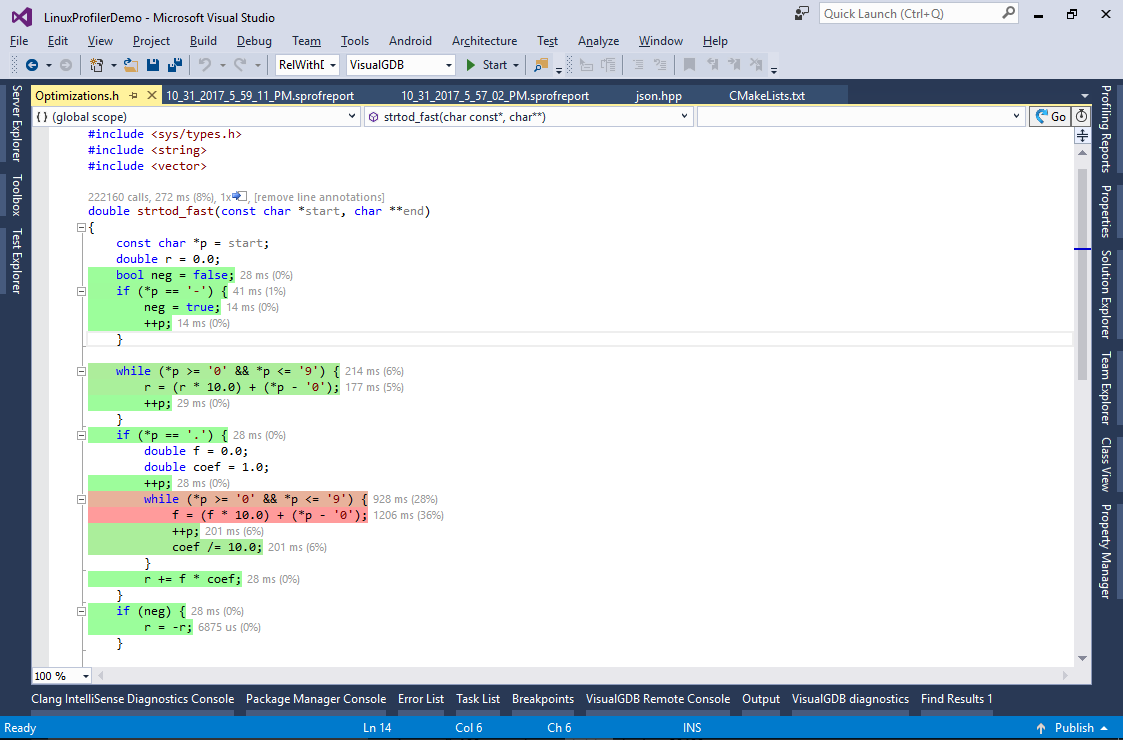If you’re on a team of Windows developers - or more importantly, on across-platform development team - one of the things that comes upconstantly is line endings. Your line ending settings can be thedifference between development productivity and constant frustration.
Oct 18, 2014 It sometimes happens that you run into 'inconsistent line ending' warnings when using the Unity Editor. For example, this can happen when importing 3rd-party code from a package in the Unity Asset Store, when working on a project using both Windows and Mac machines, or when using multiple text editors or IDEs to write scripts (such as Microsoft Visual Studio and Unity MonoDevelop). You wish to convert it to DOS format, writing the result to a file called output.txt. The conversion will be performed in an environment in which the line separator is a single linefeed (LF). Methods Overview. There are many different ways to convert from UNIX to DOS line endings, of which those presented here are only a selection.
The key to dealing with line endings is to make sure your configuration iscommitted to the repository, using .gitattributes. For most people,this is as simple as creating a file named .gitattributes at the rootof your repository that contains one line:
With this set, Windows users will have text files converted from Windowsstyle line endings (rn) to Unix style line endings (n) when they’readded to the repository.
If you're bored already, you can probably stop reading right now. Formost developers - in most repositories - this is all you need to know.
Why not core.autocrlf?
Originally, Git for Windows introduced a different approach for lineendings that you may have seen: core.autocrlf. This is a similarapproach to the attributes mechanism: the idea is that a Windows userwill set a Git configuration option core.autocrlf=true and theirline endings will be converted to Unix style line endings when they addfiles to the repository.
The difference between these two options is subtle, but critical: the.gitattributes is set in the repository, so its shared with everybody.But core.autocrlf is set in the local Git configuration. That meansthat everybody has to remember to set it, and set it identically.
The first, best option you have to get this right is when you’reinstalling Git for Windows:
You probably want the first option, but you’d be forgiven if you didn’tknow that the first time you ran the installer.
The problem with core.autocrlf is that if some people have it set totrue and some don’t, you’ll get a mix of line endings in your repository.And that’s not good - because his setting doesn’t just tell Git what youwant it to do with files going in to your repository. It also tells Gitwhat you’ve already done, and what the line endings look like on the filesthat are already checked in.
This is why one of the most common symptoms of a line ending configurationproblem is seeing “phantom changes”: running git status tells you thatyou’ve changed a file, but running git diff doesn’t show you any changes.How can that be? Line endings.
Phantom Changes
Imagine that some file is checked in to your repository with Windows-styleline endings. For some reason, somebody hadn't set core.autocrlf=truewhen they added the file. You, on the other hand, being a diligent Gitfor Windows user, did set that option.
When you run git status, git will look at that file to decide whetheryou've made any changes to it. When it compares what's on disk to what'sin your repository, it will convert the line endings on-disk fromWindows-style style to Unix-style in the repository. Since the existingfile in the repository had Windows-style line endings, and you expect themto be Unix style, git will determine that the file is different. (It is,byte for byte, different.)

By using .gitattributes, you ensure that these settings exist at therepository level, instead of leaving it up to individual users tounderstand to configure correctly. This means there’s no opportunityfor misconfiguration by an individual user.
Of course, the best time to set this up is at the very moment you createyour repository, before you add any files. Doing it after the fact meansthat you may still have some files added with the wrong configuration.
Over time, these files will be updated as you edit them. You can tryto renormalizefiles,updating the line endings, but doing so will cause annoying merge conflictsfor anybody who created a branch before the renormalization.
What About Binaries?
Generally speaking, git is pretty good at detecting whether a file is abinary or not. If it decides that a file is a binary, then it will refuseto convert line endings. But it's still good practice to configure gitnot to convert line endings for your binary files.
You can remove the text attribute from files that you don't want to haveline ending conversions. For example, if you have PNGs in your repository,your .gitattributes might look like this:
Of course, there are more advanced settings in your .gitattributesthat can be applied. These are especially useful in particulardevelopment scenarios. We'll dive deeper into some of those - likeusing Unity - in the next blog post.
The good ol' EOL (end-of-line) character...

Different operating systems use different characters to mark the end of line:

- Unix / Linux / OS X uses LF (line feed, 'n', 0x0A)
- Macs prior to OS X use CR (carriage return, 'r', 0x0D)
- Windows / DOS uses CR+LF (carriage return followed by line feed, 'rn', 0x0D0A)
Since some of the files were very big, instead of changing line endings in TextWrangler I decided to use command line (shocking, I know).
First I executed
How To Convert Line Endings In Visual Studio For Mac Os
to confirm existence of the dreaded ^M
 (carriage return) at the end of every line, and then ran
(carriage return) at the end of every line, and then ranto generate new files without CR characters.
How To Convert Line Endings In Visual Studio For Mac Community
How To Convert Line Endings In Visual Studio For Mac Download
 tr
tr